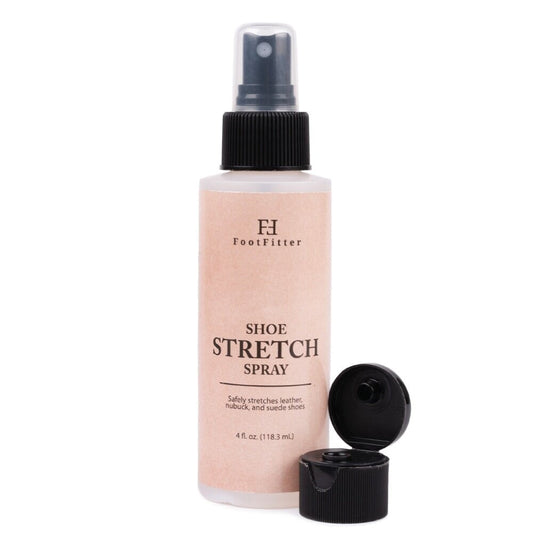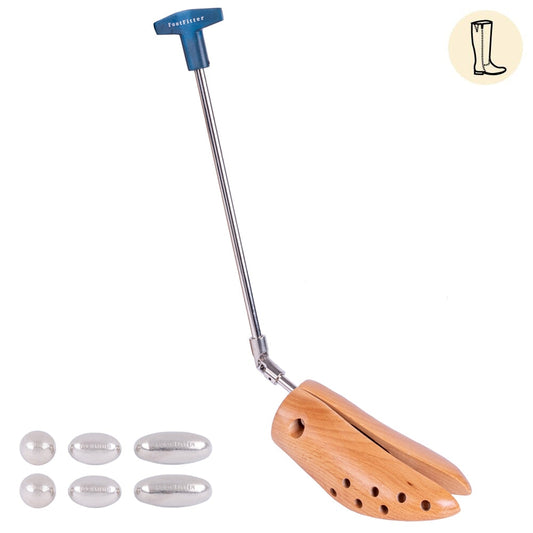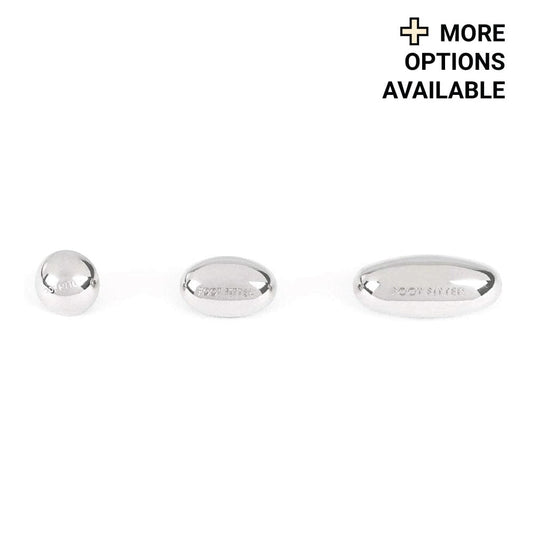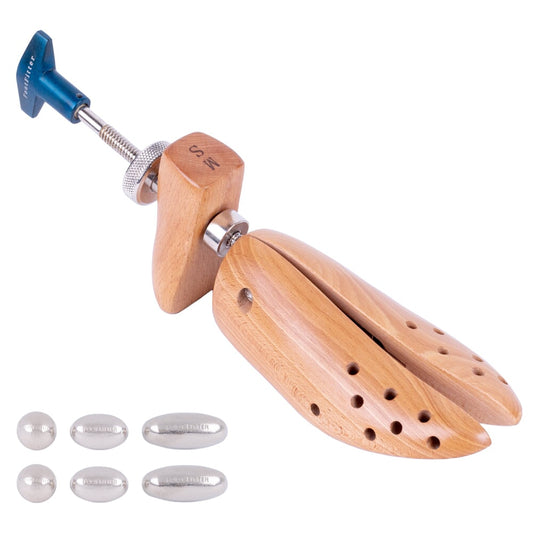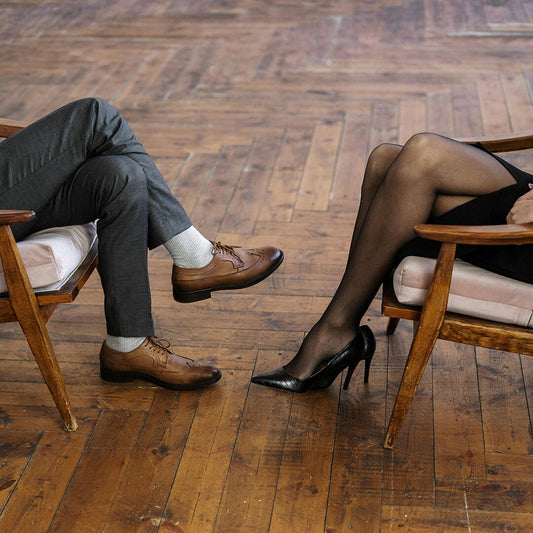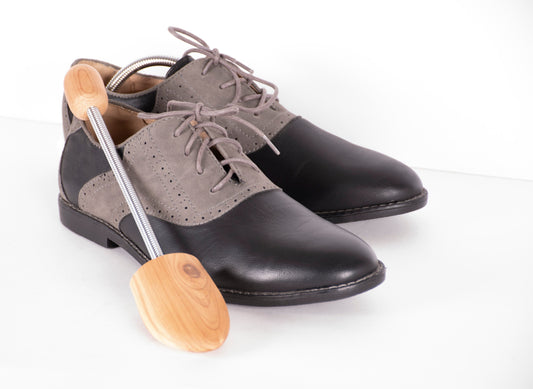
How to Break In Riding Boots
Share
We’ve talked about breaking in cowboy boots on this blog before, but we want to show some love to the equestrians out there wearing tall riding boots.
Breaking in a new pair of riding boots can be a pain — literally. Getting these type of boots just right for your legs and feet usually involves developing blisters along the way.
Though it can be an excruciating process, nothing feels better than wearing a properly broken-in pair of riding boots.
Here are some methods to help make the break-in process less awful.
Walk Around in the Boots
Before getting on your horse in your new boots, try wearing them around the house. The heat from your legs and feet will help the leather loosen up gently as well as mold itself to your limbs. Try doing this for a few hours each day.
To avoid developing blisters during this process, try wrapping your calves in an elastic bandage and double up on socks.
Once the leather loosens up, go riding in your boots for about an hour or for as long as you can withstand.
Do Heel Drops/Heel Lifts in the Boots
The biggest problem areas when breaking in riding boots is around the ankle and the top off the boot shaft.
When new, the ankle area of a boot can cause blisters around that part of the foot. Additionally, the top of the boot can also cause irritation around the knees before the shaft of the boot sinks.
The shaft of the boot will eventually drop about 1 to 2 inches after it is worn in. To aid the leather to drop quicker, wear the boots and perform heel drops and heel lifts. Stand on the edge of some stairs and drop your heels over the edge.
This mimics the heels-down riding position and helps loosen the leather around the ankle of the boot.
PRO TIP: Use FootFitter Shoe and Boot Stretch Spray as you break in your boots. Apply the solution to the inside of the boots near the ankle area to relax the leather, making it easier to work the material.
Use an Aluminum Boot Instep & Shaft Stretcher
If you absolutely want to minimize the amount of pain you’ll go through when breaking in your riding boots, then the FootFitter Cast Aluminum Combination Boot Instep & Shaft Stretcher might be for you.
This bulky contraption looking intimidating, but it really isn’t that scary. This device can stretch your boot in three ways:
- The top portion of the boot shaft
- The instep portion of the boot to alleviate pressure
- Expand both the top and instep portions of the boot at the same time
To use, apply shoe stretch spray to the inside of the boot and place the stretcher inside the footwear and expand the device. After about 6 to 8 hours, your boots should be more spacious and should make the break in process less painful.
It is important that you slowly expand the stretcher when it is inside the boot. This will help protect the device and ensure that your boots are not damaged.
Use Boot Trees to Maintain Your Boots’ Shape
After your riding boots have been properly broken in, use FootFitter Aromatic Cedar Boot Shaft Shapers to maintain your boots’ shape when you’re not wearing them.
These cedar wood boot trees will prevent any unwanted creasing. They can also prolong your footwear’s life by absorbing excess moisture inside your boots.
Main image by Valerie Semenova via unsplash



